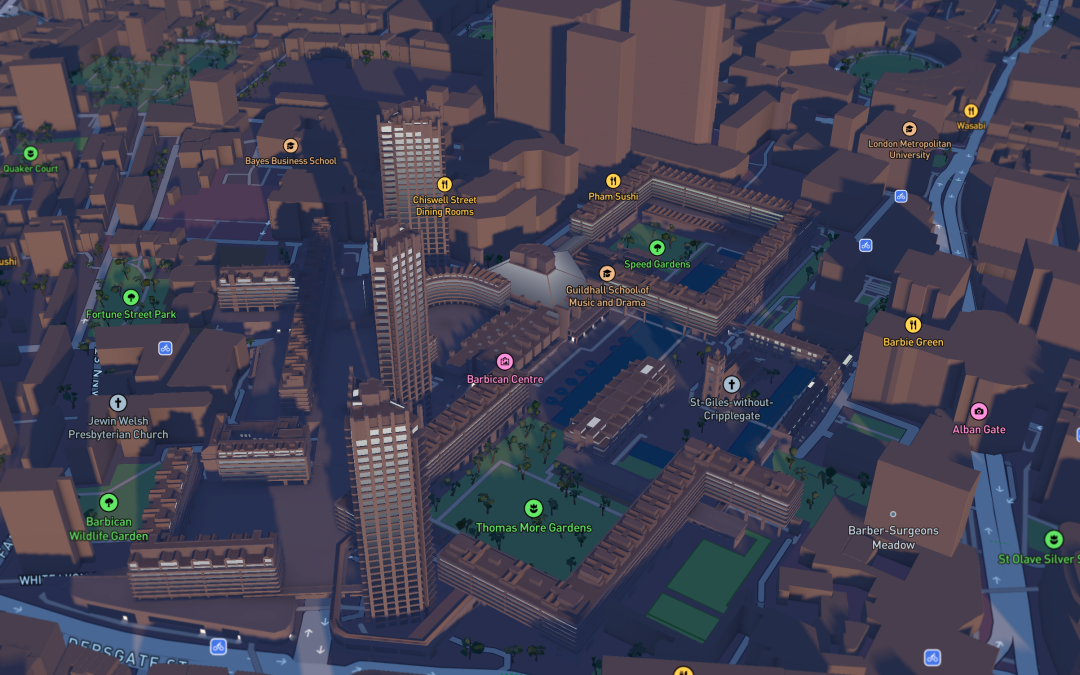It’s likely when you order food you don’t spend a lot of time thinking about the geospatial technology behind it. Fair enough. But third-party delivery providers invest heavily in it. And companies like Mapbox steer the way.
Mapbox is a provider of custom online maps for websites and applications. It started out working with government agencies but it didn’t take long for it to expand to restaurants and food operations.
“Jose Andrés and World Central Kitchen uses our stuff extensively,” said Ryan Leidigh, head of on-demand logistics at Mapbox.
Andrés is a sharp cookie. He knows that Mapbox’s API product is well-regarded in its ability to help operators schedule departure times and predict traffic.
A lay person can get lost trying to understand the geospatial engineering behind a direction matrix. But Leidigh says it’s all rooted in something familiar.

Ryan Leidigh, head of on-demand logistics
“Do you remember paper atlases? In the back they had all the cities in the United States and the mileage between them. That’s a directions matrix,” he said. “If you can put a house number at the top and a restaurant number on the side, we can tell the distance and time between them. Every optimization engine that any on-demand logistics company uses does this. You have to do that to match the order to the driver. Then you have to do that again to match the driver to the customer to find the best person to get from wherever they are to the restaurant to your house.”
That is the entry point of understanding. But there’s much more that go into it. As part of his job Leidigh asks the question: what is on-demand logistics and what is traditional logistics? Those definitions matter.
“The way we define on-demand logistics is anywhere from order ingestion to order delivery in less than 36 hours. We get rid of the middle mile,” he said.
But he lives in a bigger, stronger, faster world. That puts the burden on Mapbox to keep up.
“We’re thinking this may go to 24 to 18 hours. This may be our new definition,” he said.
Think of Mapbox as a colony of worker ants toiling under the nation’s roads: directing traffic, communicating with couriers, routing deliveries, tracking orders. The next frontier may be in providing maps that helps couriers avoid dangerous areas or streets that are torn up. Mapbox is testing some next-level technology in Europe, primarily in the micromobility space. Leidigh welcomes the challenge.
“This technology underpins the whole business and no one knows how it works,” he said.


